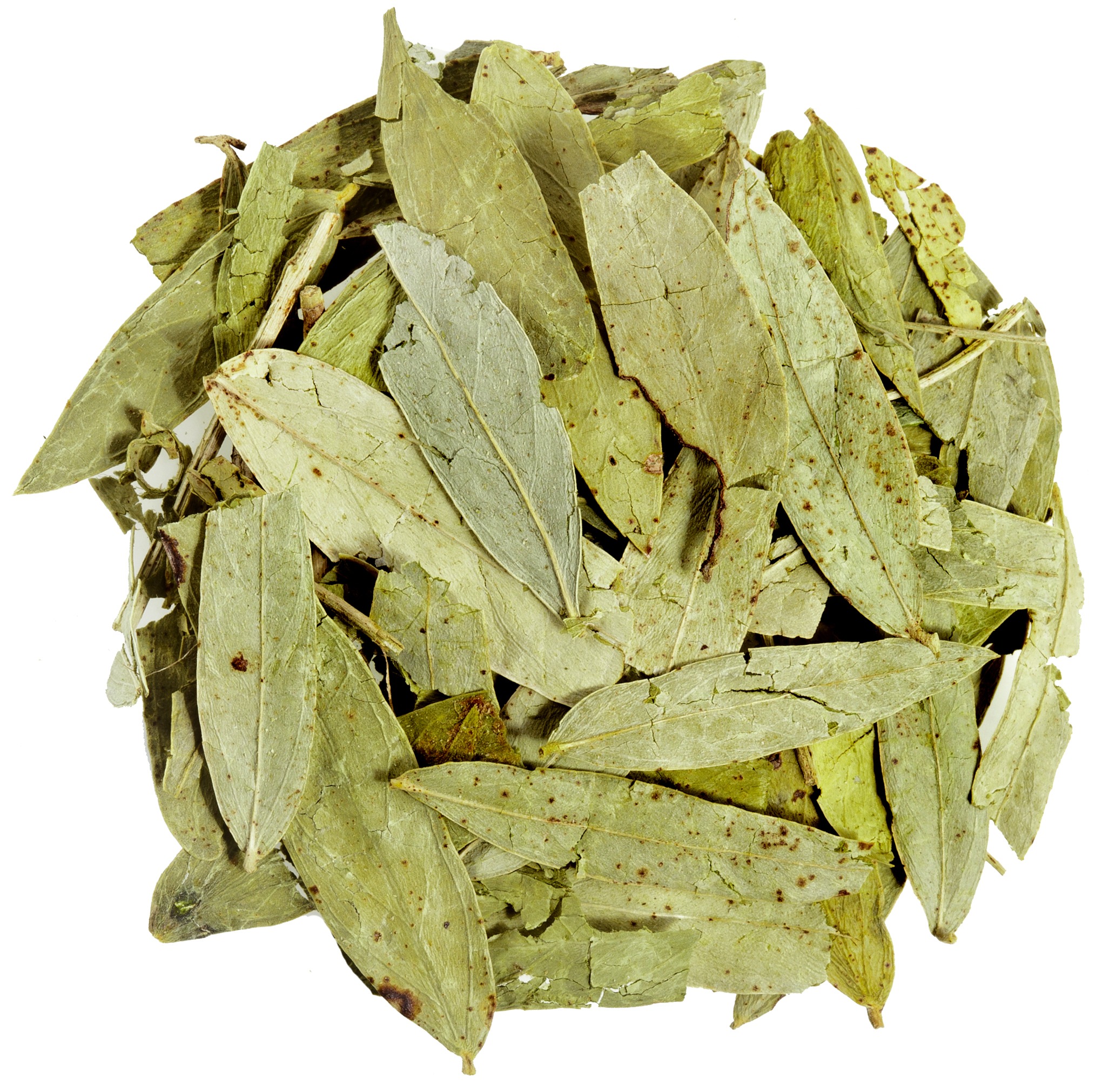Introduction
Indian Senna scientifically known as Cassia angustifolia is widely cultivated for its leaves and immature pods. The strong laxative property of this plant is the main attraction point. The laxative property is mainly due to the presence of dianthone glucosides, sennosides A and B in leaves and pods (1). Cassia angustifolia or senna benefits are listed as below.
Plant description
Botanical name: Cassia angustifolia
Family: Caesalpinaceae
Common name: Tinnevelly Senna, Sanaai, Indian Senna
Botanical description: It is a perennial shrub 2-3 feet in height. Having yellow flowers, the Stems are smooth in texture and light green in color. Fruits of these plants are legumes and are 4 to 5 cm in length contains generally 6 seeds per fruit.
Habitat: Generally grows in tropical countries.
An interesting fact about Cassia angustifolia
It contains a powerful natural laxative called anthraquinone and is approved by the world health organization (WHO) (2). It is an FDA-approved nonprescription laxative.
Main chemical constituents of Cassia angustifolia and their medicinal properties
1. Sennoside A, B, C & D
These are dimeric glycosides and are mainly present in parts of are leaves and pods.
2. Other secondary metabolites
Rhein, chrysophanol, aloe-emodin, kaempferol, myricyl alcohol, salicylic acid, palmitic acid, stearic acid, isorhamnetin, barbaloin, kaempferol, Cathartic Acid, anthraquinone derivatives (3).
3. Two naphthalene glycosides isolated from senna leaves and pods are 6-hydroxymusicin glucoside and tinnevellin glucoside. Isorhamnetin, further sterol glucosides, mucilage polysaccharides, resin, and calcium oxalate (4).
Cassia angustifolia or senna benefits
1. Laxative properties of Senna
Compounds sennosides A & B have purgative properties. The laxative effect is due to the action of sennosides and their active metabolite, rhein-anthrone, in the colon. Therefore helps in dealing with constipation, abdominal bloating, and indigestion. Also helps in clearing the bowel before tests like a colonoscopy (5).
Dosage: 1-2 grams of dried leaves with hot water once a day.
2. Skin problems
Cassia angustifolia leaf paste is also helpful in the treatment of skin diseases like ringworm, scabies, eczema, and wounds (2).
3. Blood purifier
As per Ayurveda, 500 mg of Cassia leaf daily helps in the purification of blood (5). Cassia senna also helps in aiding the spleen and liver in the production of blood and red blood cells. Without it, it causes anemia for women with heavy flow during menstruation.
4. Cassia angustifolia for healthy liver
Purgative therapy of dried leaves and pods of Senna plants helps in strengthening liver function. It helps in detoxification and increases bile production, therefore, enhancing the blood flow in the abdomen and reducing the cramps (6).
5. Improves digestion
Cassia angustifolia helps in improving digestion by increasing vitamin and mineral absorption (6).
Side effects of Precautions for Cassia angustifolia
1. Lactating women should not take Cassia angustifolia
As the plant is laxative in nature, therefore, may cause mild purgation to breastfeeding babies (5).
2. In case of severe dysentery
The laxative nature of the plant causes bowel movement and if the person has dysentery then these plants cause a huge loss of minerals and salts.
3. Nausea
Cassia angustifolia use can cause nausea, diarrhea, dizziness, dehydration, abdominal pain, and reddish-colored urine (6).
4. Physician supervision is necessary
Prolonged use may cause damage to the digestive system and colon function.
Precaution
Senna or Cassia angustifolia should not be used beyond a stretch of 10 days. As daily use of Cassia angustifolia may cause a decrease in the colon’s absorption thus causing constipation and potentially resulting in a life-threatening decrease in the concentration of minerals like chloride, bicarbonate, and potassium in the body.
